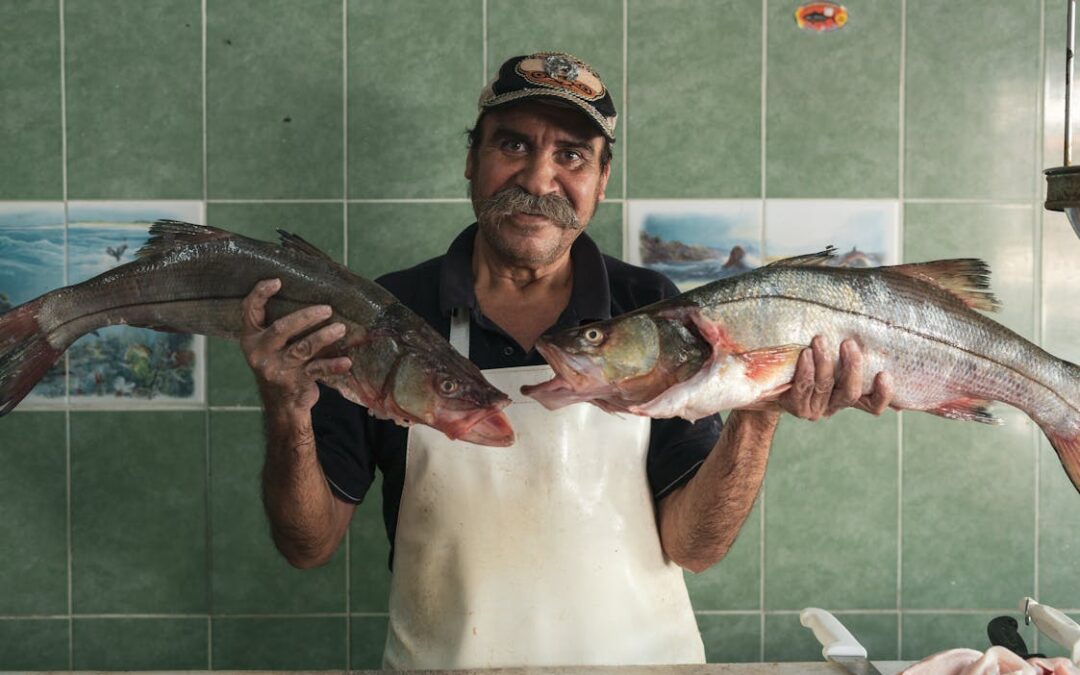
Catch and Cook: Recipes for Your Fresh Oregon Fish
Catch and Cook: Recipes for Your Fresh Oregon Fish
Oregon’s diverse waters, from its rushing rivers and tranquil lakes to its rugged coastline, offer a bountiful supply of fresh Oregon fish. Whether you’re casting a line in search of salmon, trout, or rockfish, the opportunity to catch and cook your own fish is a rewarding experience. Oregon’s fish are known for their incredible flavor and texture, making them the perfect base for delicious, fresh meals. Here’s a comprehensive guide to not only catching fresh Oregon fish but also preparing and cooking it to perfection.
The Best Fresh Oregon Fish to Catch
Oregon’s waters are home to a wide variety of fish, each with unique characteristics that make them perfect for different cooking methods. Here’s a look at some of the most popular fresh Oregon fish that anglers and chefs alike love to catch:
– Chinook Salmon: Known for its rich, buttery flavor and firm texture, Chinook salmon is a prized catch in Oregon’s rivers, especially the Columbia River. This fresh Oregon fish is ideal for grilling, baking, or smoking.
– Steelhead Trout: Steelhead, a migratory form of rainbow trout, is abundant in Oregon’s rivers like the Deschutes. Its robust flavor and firm texture make it excellent for grilling, roasting, or even smoking.
– Rainbow Trout: Whether found in Oregon’s lakes or rivers, rainbow trout is a favorite among anglers. Its delicate and mild flavor pairs well with a variety of seasonings, making it perfect for grilling or pan-searing.
– Halibut: Found along Oregon’s coast, halibut is a flatfish known for its sweet, flaky flesh. It’s versatile enough to be grilled, broiled, or pan-fried.
– Rockfish: These abundant fish are plentiful along Oregon’s coast, and their firm, slightly sweet flesh is perfect for tacos, chowders, or simply pan-seared with fresh herbs.

Planning Your Oregon Fishing Trip
The adventure of catching fresh Oregon fish starts with careful planning. Whether you’re heading out on a deep-sea fishing charter or fishing from the bank of a river, here are some tips to make your trip a success:
– Choose the Right Fishing Spot: Oregon offers diverse fishing opportunities. If you’re targeting salmon or steelhead, rivers like the Columbia and Rogue are famous for their runs. For a more peaceful experience, lakes such as Diamond Lake and Wallowa Lake are ideal for trout. If you’re after halibut or rockfish, the Oregon coast offers plenty of charters and shore-based fishing spots.
– Consider the Season: The best time to catch fresh Oregon fish varies by species. Salmon runs typically peak in the spring and fall, while trout fishing is best in early spring and summer. Coastal fishing for halibut and rockfish is most successful in the warmer months of late spring and summer.
– Get the Right Gear: Depending on the type of fresh Oregon fish you’re targeting, make sure you have the proper gear. Salmon and steelhead require heavy rods and reels, while trout can be caught with lighter spinning gear. If you’re fishing offshore for halibut or rockfish, you’ll need specialized equipment, often provided by charter services.
Cleaning and Preparing Your Fresh Oregon Fish
Once you’ve caught your fresh Oregon fish, the next step is cleaning it to ensure the best flavor and texture. Proper cleaning and preparation are key to making sure your fish tastes as fresh as it can.
– Gutting: Remove the internal organs of your fish immediately after catching it to prevent any spoilage. This is especially important for maintaining the freshness of your fish. Rinse the cavity thoroughly with cold water.
– Scaling: If your fish has scales, remove them by scraping gently with the back of a knife or a fish scaler. Be sure to scale evenly to avoid damaging the flesh underneath.
– Fileting: Many fresh Oregon fish, especially salmon and trout, can be filleted for easy cooking. A sharp fillet knife is essential for creating clean cuts. For whole fish, you may choose to leave the fish intact for baking or grilling.
– Storage: After cleaning, keep your fresh Oregon fish on ice until you’re ready to cook it. If you can’t cook it right away, freezing is the best option for preserving freshness.

Cooking Fresh Oregon Fish: Methods and Recipes
One of the best parts of catching fresh Oregon fish is preparing it at home. Whether you prefer grilling, baking, or pan-frying, the versatility of fresh Oregon fish makes it a fantastic choice for a wide variety of meals.
Grilled Cedar-Plank Salmon with Oregon Honey Glaze
This recipe takes advantage of the strong, smoky flavor that cedar wood imparts to fresh Oregon salmon. The honey glaze adds a sweet contrast, bringing out the natural richness of the fish.
Ingredients:
– 2 lbs fresh Oregon salmon fillet (skin on)
– 2 tbsp Oregon honey
– 2 tbsp soy sauce
– 1 tbsp Dijon mustard
– 1 garlic clove, minced
– 1 lemon, sliced thinly
– Fresh dill for garnish
– Salt and pepper to taste
Instructions:
- Soak a cedar plank in water for at least 30 minutes.
- Preheat your grill to medium heat.
- Mix honey, soy sauce, mustard, and garlic in a bowl to create the glaze.
- Place the salmon on the cedar plank and brush with the honey glaze.
- Grill the salmon on the plank for 15-20 minutes, until cooked through.
- Garnish with fresh lemon slices and dill. Serve with roasted vegetables or a fresh salad.
Pan-Seared Steelhead Trout
A simple yet flavorful recipe, pan-searing allows the delicate taste of fresh Oregon trout to shine. Add a squeeze of lemon and a touch of herbs for an easy but elegant dish.
Ingredients:
– 2 fresh Oregon steelhead trout fillets
– 2 tbsp olive oil
– 1 garlic clove, minced
– 1 tbsp butter
– Fresh parsley, chopped
– Lemon wedges
Instructions:
- Heat olive oil in a large skillet over medium heat.
- Season the trout fillets with salt and pepper.
- Add the fillets to the skillet, skin-side down, and cook for about 4-5 minutes on each side.
- Add butter and garlic during the last minute of cooking.
- Garnish with fresh parsley and serve with lemon wedges.
Rockfish Tacos with Cabbage Slaw
Fresh Oregon rockfish makes an excellent filling for tacos. The sweet, firm flesh of the rockfish pairs perfectly with a zesty cabbage slaw.
Ingredients:
– 1 lb fresh Oregon rockfish fillets
– 1 tbsp chili powder
– 1 tsp cumin
– 1 lime, juiced
– 8 small corn tortillas
– 2 cups shredded cabbage
– 1/2 cup sour cream
– 1 tbsp lime juice
– Salt and pepper
Instructions:
- Season the rockfish fillets with chili powder, cumin, and lime juice.
- Grill or pan-sear the fish until flaky and cooked through.
- Mix cabbage, sour cream, lime juice, salt, and pepper to make the slaw.
- Assemble the tacos by placing the fish in tortillas and topping with cabbage slaw.
- Serve with extra lime wedges and salsa.
Preserving Your Fresh Oregon Fish
If you find yourself with more fresh Oregon fish than you can eat in one sitting, don’t worry! There are several ways to preserve your catch for future meals.
– Freezing: Fresh Oregon fish can be vacuum-sealed or wrapped tightly in plastic wrap and foil before freezing. This will maintain its quality for up to six months.
– Smoking: Smoking is an excellent way to preserve fresh Oregon fish like salmon and trout. The process adds a rich, savory flavor to the fish that lasts for weeks.
– Canning: Canning is another great method for preserving your fresh Oregon fish. It’s perfect for storing salmon or steelhead trout, giving you a delicious, ready-to-eat treat months later.

Sustainability and Ethical Fishing
As you enjoy catching and cooking fresh Oregon fish, it’s important to practice sustainable fishing methods. Follow local regulations, practice catch-and-release when appropriate, and ensure that your fishing practices are environmentally responsible. This helps preserve the future of fresh Oregon fish for generations to come.
Enjoying fresh Oregon fish is a rewarding experience that not only offers the satisfaction of a successful fishing trip but also the opportunity to enjoy incredible, home-cooked meals. With these tips and recipes, you can turn your catch into delicious dishes that celebrate the natural bounty of Oregon’s waters.
Schedule your Oregon Fishing Charter Today!
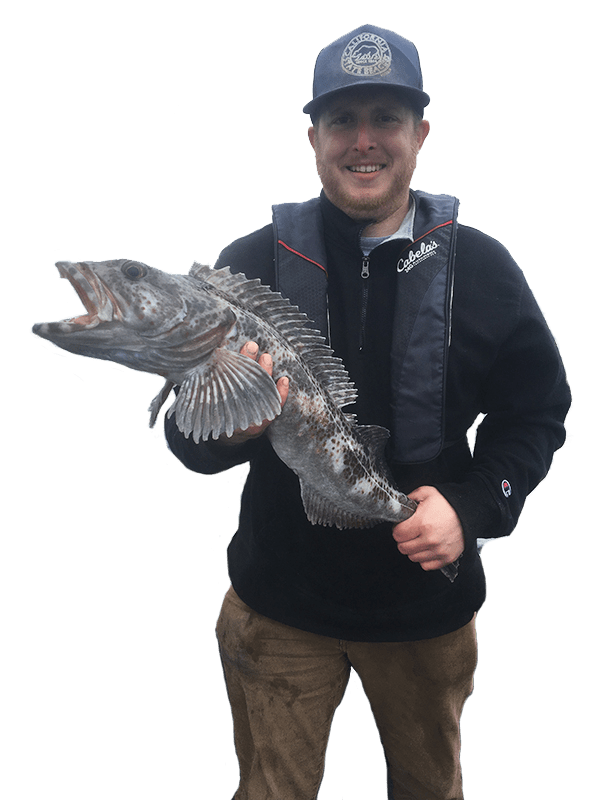

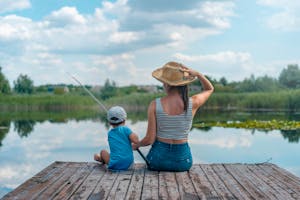
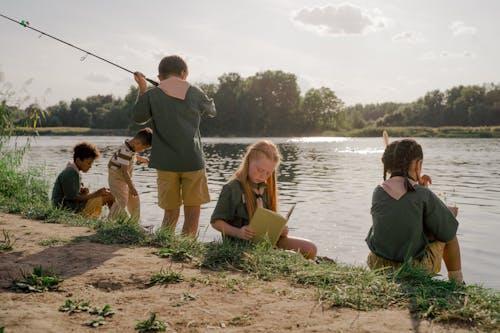






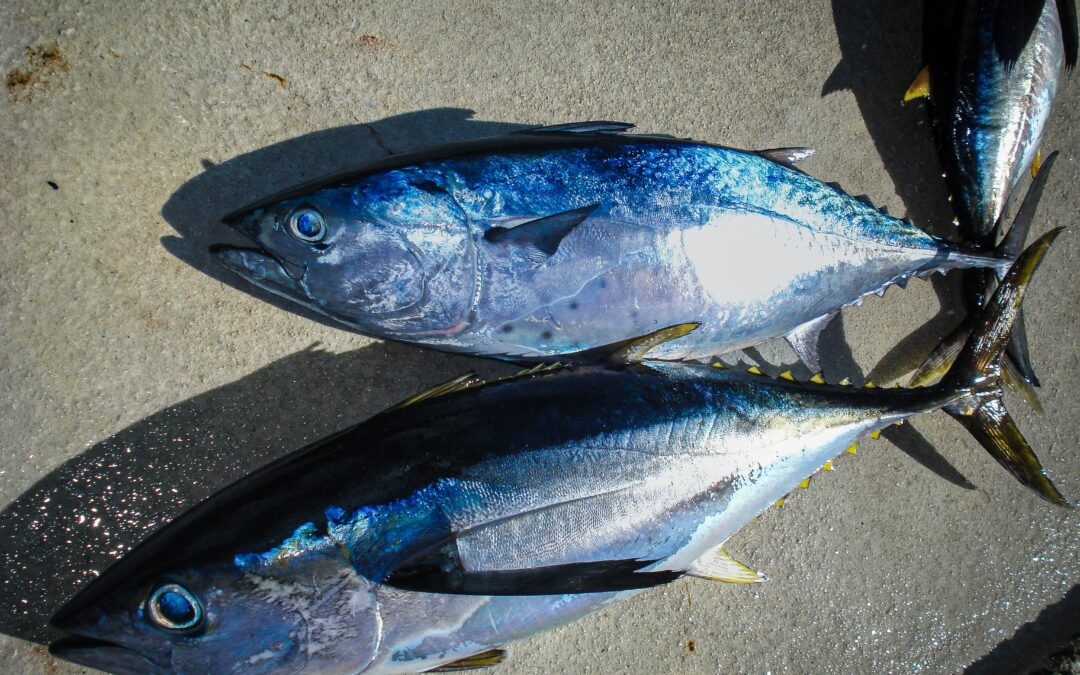



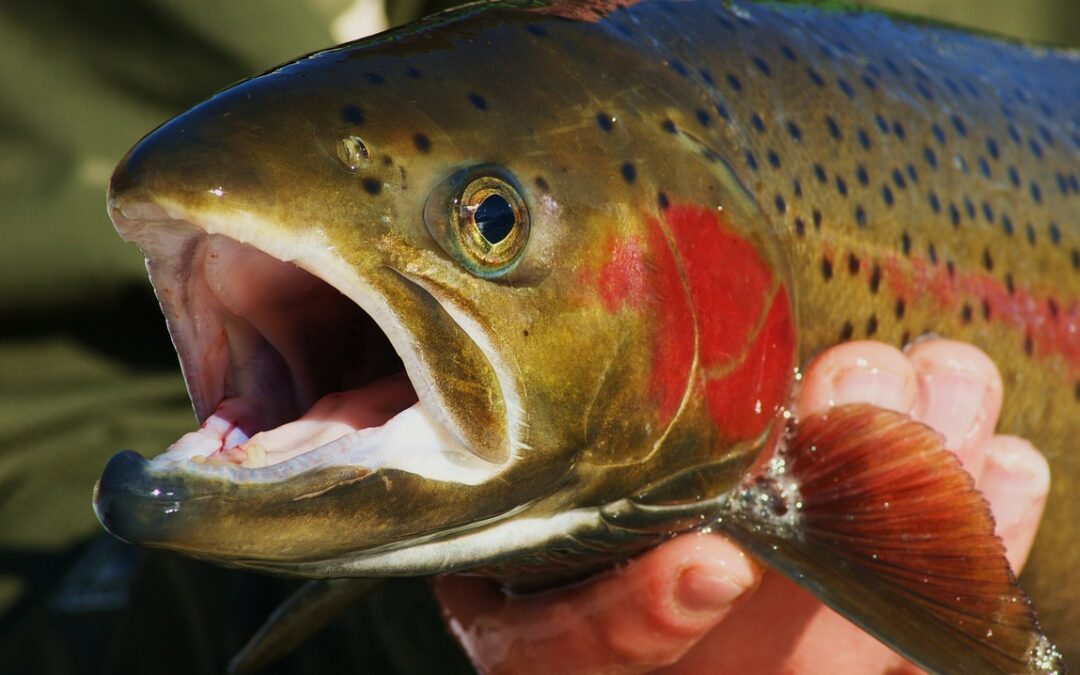



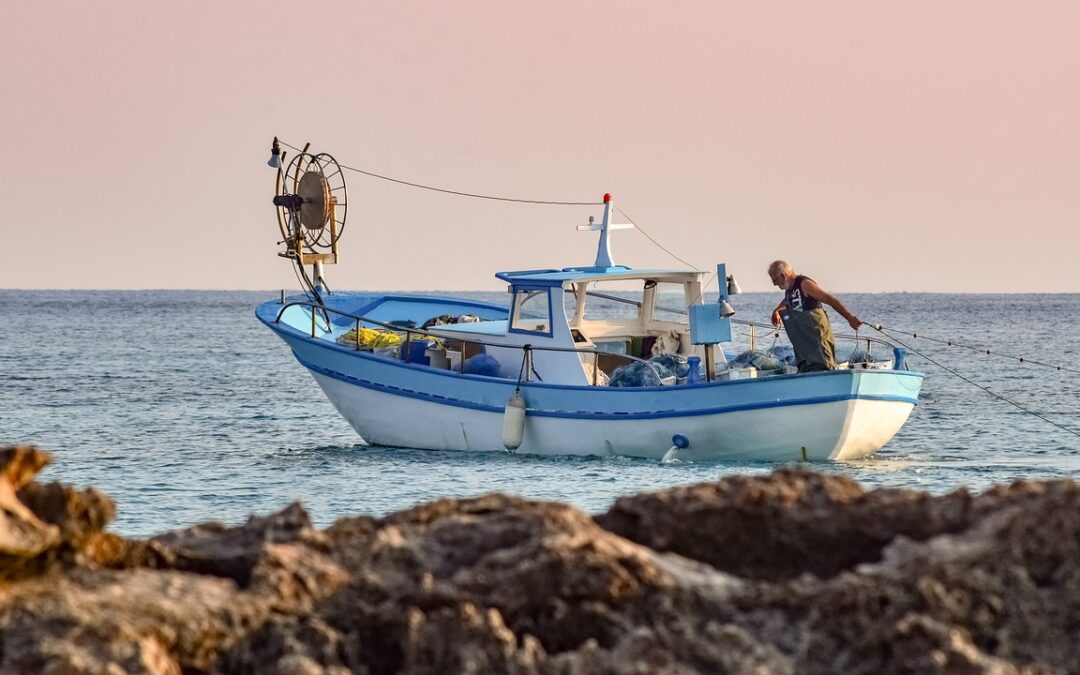



Recent Comments